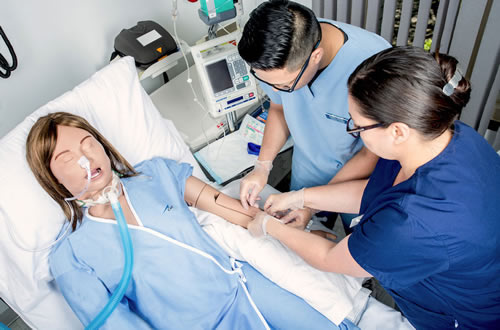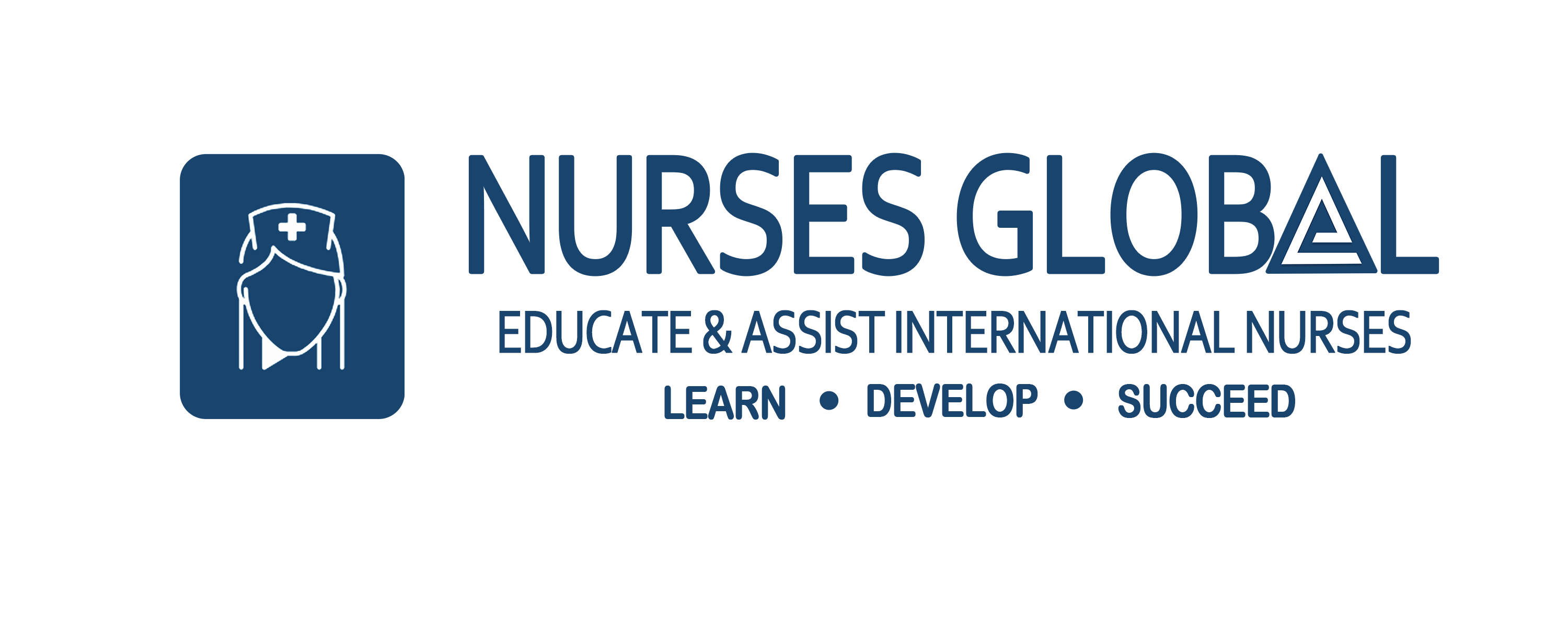An OSCE (Objective Structured Clinical Examination) exam, originated in 1975, is a common assessment method employed in health sciences disciplines like medicine, physical therapy, nursing, pharmacy, and dentistry. Its purpose is to evaluate the performance and proficiency of clinical skills, encompassing communication, clinical examination, medical procedures, prescription practices, clinical decision-making, critical thinking, exercise prescription, joint mobilization techniques, and the interpretation of clinical outcomes.
- Australian Contact: +61 2 9683 4200
- Level 2, 29 Grose Street, Parramatta, NSW - 2150 (Australia)
OSCE Nursing Exam

What is an OSCE exam?
OSCE stands for Objective Structured Clinical Examination:
"O"
The term "objective" pertains to the evaluation conducted by multiple examiners across various stations, culminating in a more impartial score at the conclusion of the OSCE. It is essential for OSCE scenarios and assessment forms to adhere to standardized protocols across all stations. Each station within an OSCE should concentrate on assessing a specific aspect of clinical competence. Through subjective scoring and feedback provided at each station, students can gain insights into their strengths and areas needing improvement. Consequently, the collective assessment by multiple examiners yields a more impartial evaluation, while the feedback serves as a potent tool for advancing student learning.
"S"
"Structured" denotes the consistent and standardized format and procedures employed in the time-limited, station-based examination. It is imperative that students encounter identical scenarios within each station and perform the same task within a predetermined time frame. Ensuring uniformity in difficulty levels across all students and utilizing identical assessment forms for each individual is crucial.
"C"
The term "Clinical" highlights the assessment of clinical skills during the OSCE, emphasizing its strong clinical orientation. In an OSCE station, scenarios mirror real-life clinical situations encountered in healthcare settings. Each station is designed to prompt students to apply their clinical knowledge and skills effectively as they navigate through various scenarios.
"E"
Examination is self-explanatory. An OSCE offers a reliable way to assess a student’s competence across a range of high stakes scenarios.

- MCQ (NCLEX-AUS) score / report
- Certificate of Employment (from previous employers)
- Good standing (PRC)
- Certificate of current overseas RN registration
- Language Test Score (OET/IELTS/PTE/TOEFL)
- Criminal Check (online - AIS International)
- Indemnity Insurance
OSCE exam guidelines and Registration Process?
An OSCE assessment comprises various scenarios, each located in separate stations. Candidates transition from one station to another, encountering diverse scenarios involving simulated patients (portrayed by actors). At each station, examiners evaluate their performance and assign a score, which is recorded on an assessment platform.
Candidate gets 10 minutes in total on each station.
Before entering a station, candidates or students receive information regarding the upcoming scenario and are granted a two-minute preparation period for the assessment. This information typically includes details such as the age, gender, and medical complaint of the patient they will encounter in the station.
The duration of the interaction at any station is eight minutes.
Register for OSCE on
AHPRA website (www.ahpra.gov.au)
Rationally encountes is untrammeled and when nothing prevents our being able to do what best every pleasure is to be welcomed and every pain avoided.
Self check, then pay
for Assessment Fee
Attend Part 1 of orientation
online (such as about Australia
and other topics...)
Submit all required
documents from the list;
Find out more...
Preparing for the Physical Examination
As an examiner, one of the most disheartening aspects I notice about candidates' readiness for the OSCE is their struggle to perform a thorough physical examination on a patient. While many candidates manage to conduct a physical examination to some extent, they often falter due to time constraints, lacking practice, or fluency in the required procedures. It's not uncommon to observe candidates standing by the bedside, visibly contemplating the next step in the examination process. Some even reach the end of the examination, only to realise they've overlooked something and hastily return to rectify the omission.
- Revise
- Set your Timer
- Practice
- Improve
- Plan scenarios with others as a team
- Listen
- Get Assessed as Mock assessments
- Rehearse, rehearse, rehearse
Find out more ...

Clinical Trial Design Best Practice
Clinical Trial Design Best Practice
Qable to claims of duty or the obligations pleasures have ...

